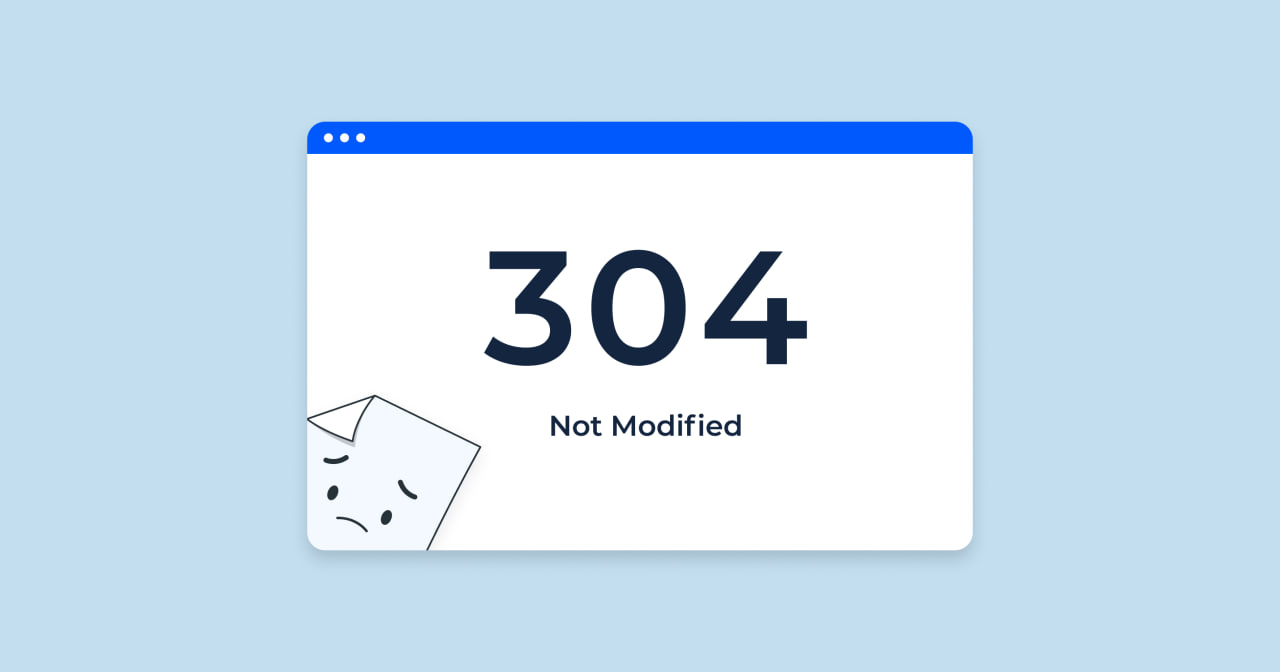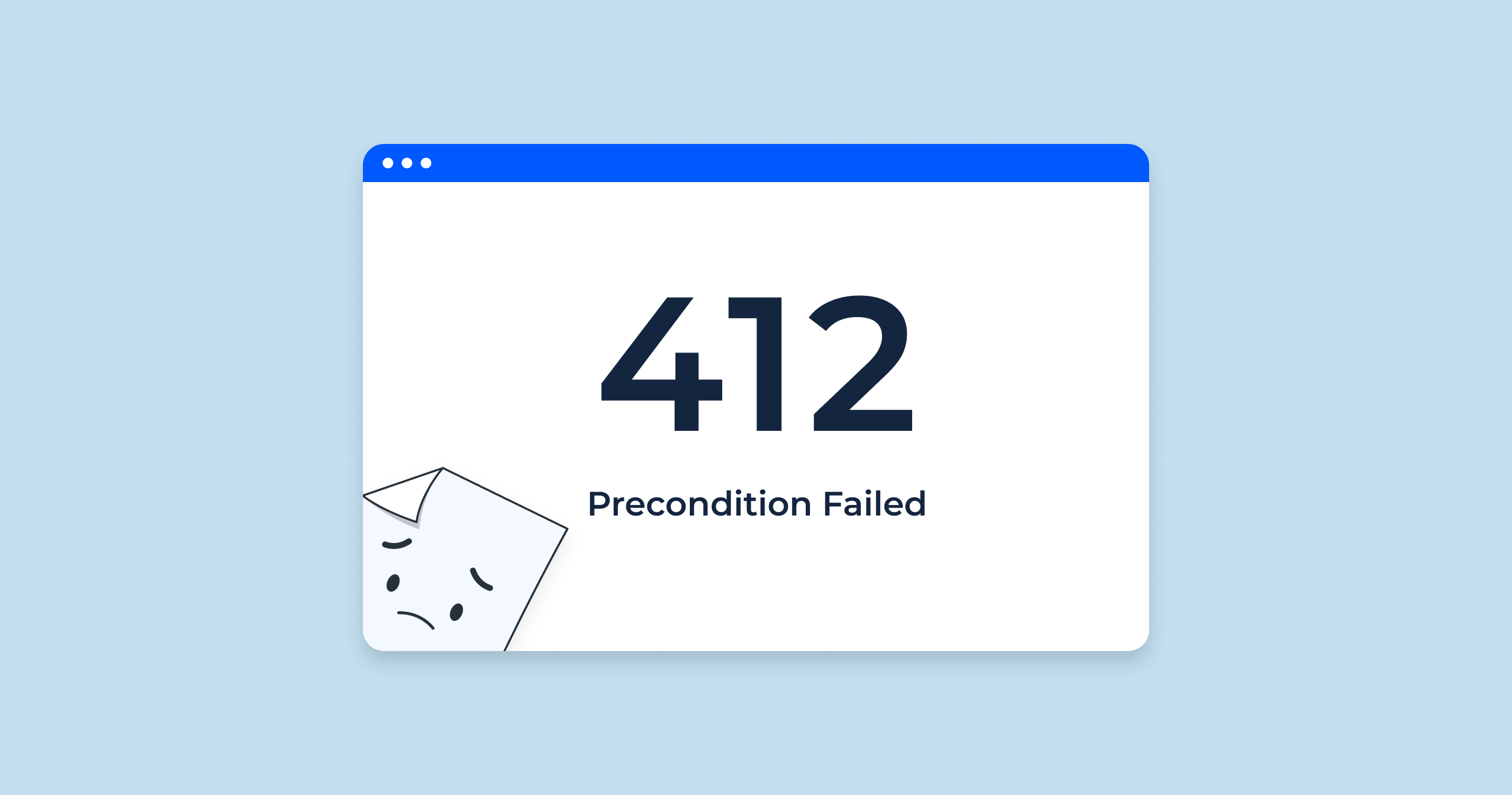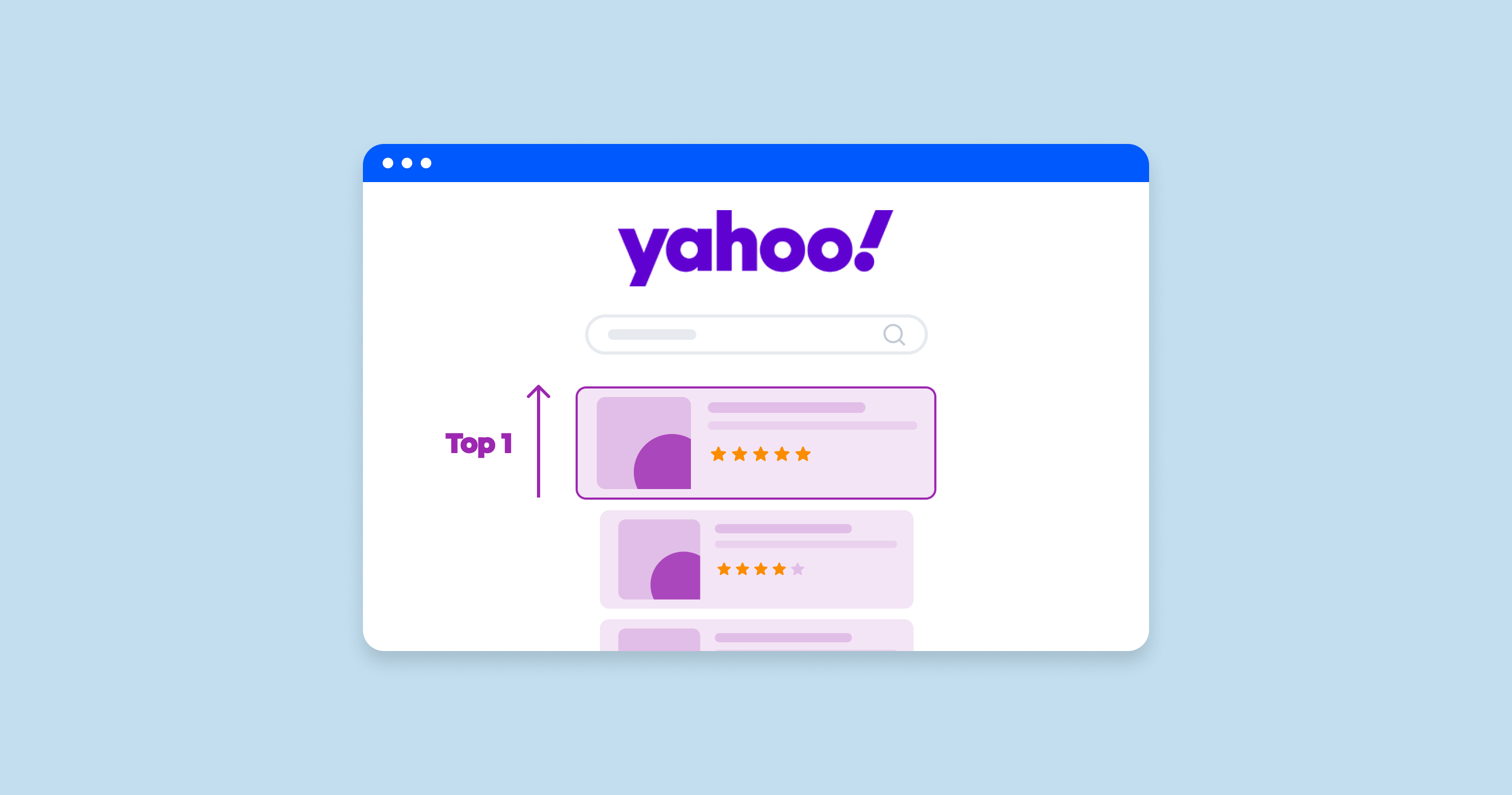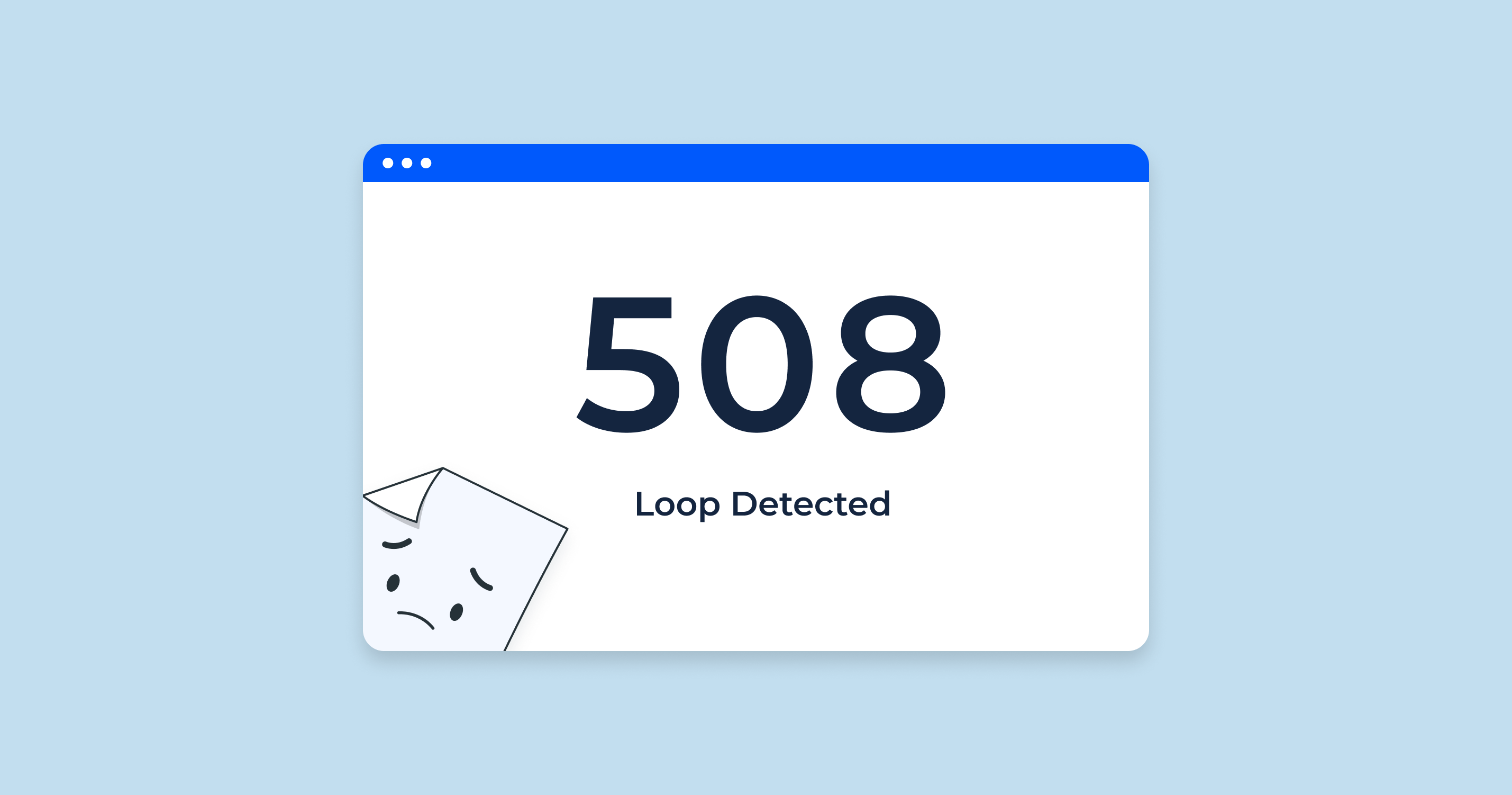What is a 304 Status Code?
A 304 “Not Modified” status code as a part of 3xx group of redirects is an HTTP response status code indicating that the requested resource has not been modified since the last time it was accessed. This means that there's no need to retransmit the resource since the client already has a cached version.
When a client (like a web browser) has cached copies of web resources, it can save time and bandwidth by not re-fetching resources that haven't changed. The client can send a request with headers like “If-Modified-Since” or “If-None-Match” that indicate the version of the resource it currently has. If the server determines that the current version of the resource matches the client's cached version (i.e., the resource has not been modified since the specified time or still has the same entity tag), it responds with a 304 “Not Modified” status without sending the actual resource again.
This process helps in optimizing web traffic by reducing unnecessary data transfers.
We invite you to watch a video about 304 status code from ClickMinded
304 Status Code SEO Implications
The 304 “Not Modified” status code, though often discussed in technical server management circles, has noteworthy implications for search engine optimization (SEO). It serves as a bridge between efficient server performance and optimal search visibility, affecting aspects ranging from crawl budget to content freshness. Dive in to understand how this seemingly technical HTTP response plays a pivotal role in shaping your SEO strategy.
| Bandwidth and Crawl Budget | Utilizing 304 “Not Modified” responses conserves website bandwidth. When search engines like Googlebot receive this response, they avoid redownloading resources. This efficient bandwidth usage benefits the site's crawl budget, allowing search engines to potentially crawl more pages efficiently within their allocated limits. |
| Freshness | Sending appropriate 304 “Not Modified” responses signals to search engines that certain content hasn't changed. This can be helpful for search engines to understand the freshness of content on a site. Fresh, regularly updated content is often seen as a positive ranking factor, but this doesn't mean that all content needs constant updating. Signaling which content hasn't changed can help search engines differentiate between evergreen content and content areas that might require more frequent updates. |
| Cache Control and Indexing | 304 “Not Modified” responses, when used with appropriate cache-control headers, can influence how search engines cache and revisit content. Setting appropriate expiration times for various resources can help ensure that search engines see the latest version of a resource when it's updated. |
| Potential Pitfalls | It's important to ensure that the server is configured correctly to send 304 “Not Modified” responses. Incorrect configurations might result in search engines not seeing updated content promptly. Sometimes, there can be issues with proxies or CDNs that might interfere with the correct delivery of 304 “Not Modified” responses. It's important to monitor server logs and verify that everything functions as expected. |
| Positive User Experience | While not a direct SEO factor, 304 “Not Modified” can lead to faster page load times for returning visitors, improving the user experience. Search engines, especially Google, have indicated that page speed is a ranking factor, and while the primary concern is the initial load time, a good user experience for returning visitors can lead to increased engagement and lower bounce rates, which can indirectly influence SEO. |
In summary, while the 304 “Not Modified” status code is primarily a technical aspect of web server behavior, its proper implementation can have several beneficial impacts on SEO through efficient bandwidth use, better control over content freshness, and improved user experience. It's always a good idea to collaborate with web administrators or developers to ensure that server responses are correctly configured for optimal SEO results.
304 Status Code Common Issues and How to Fix Them
Here are a few troubleshooting points related to the 304 Not Modified status code:
Incorrect Server Configuration
The server might be incorrectly configured to always send a 304 “Not Modified” response, even when content has changed.
Stale Cache
A browser or intermediary cache might still be serving an outdated version of a resource because it hasn't recognized that the resource has changed.
CDN Misconfiguration
If you’re using a Content Distribution Network (CDN), it might not be updating its cached resources correctly, leading to outdated content being served.
Proxy Server Issues
Some businesses and ISPs use proxy servers that cache web content. These can sometimes return a 304 “Not Modified” response, even if the actual server has updated content.
Unintended Conditional Headers
A client might unintentionally send conditional headers like “If-Modified-Since” or “If-None-Match”, leading the server to send a 304 “Not Modified” response even if the client doesn’t have a cached version.
Remember, while 304 “Not Modified” is beneficial for efficiency, it's crucial that it's correctly implemented to ensure fresh content is available when needed.
URL Redirect Checker Tool for Identifying HTTP 304 Status Codes
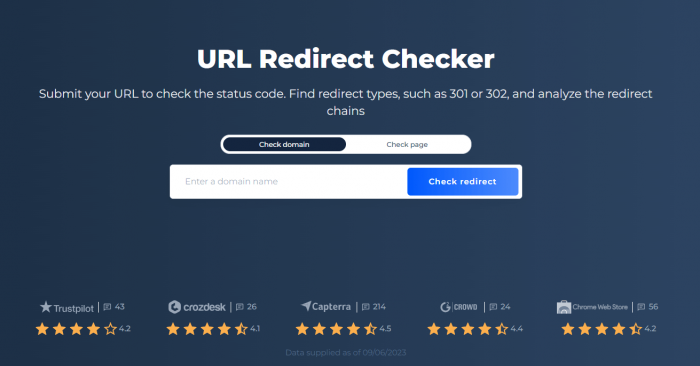
Sitechecker.pro's redirect checker is a valuable tool designed to identify and analyze the redirect paths of URLs. By entering a specific URL into this tool, users can quickly determine if it returns a 304 “Not Modified” status code, among other HTTP responses.
Detecting 304 “Not Modified” responses is crucial in understanding the caching mechanisms at play for a particular resource. It helps webmasters ensure that both search engines and regular users receive the latest version of a webpage when appropriate, optimizing performance and user experience.
Additionally, the tool provides insights into other possible redirects or server responses. This holistic view can assist webmasters in identifying potential issues, optimizing site speed, reducing unnecessary server load, and improving SEO.
Conclusion
The 304 “Not Modified” status code indicates that a web resource remains unchanged, obviating retransmission. This code is pivotal in SEO, enhancing server efficiency, content freshness, and optimizing crawl budgets. Properly harnessing this response can positively impact bandwidth use and user experience. Tools like Sitechecker.pro aid in understanding these codes. However, its benefits can be overthrown by incorrect implementation, underscoring the need for webmasters and developers to collaborate for optimal configuration and SEO outcomes.
